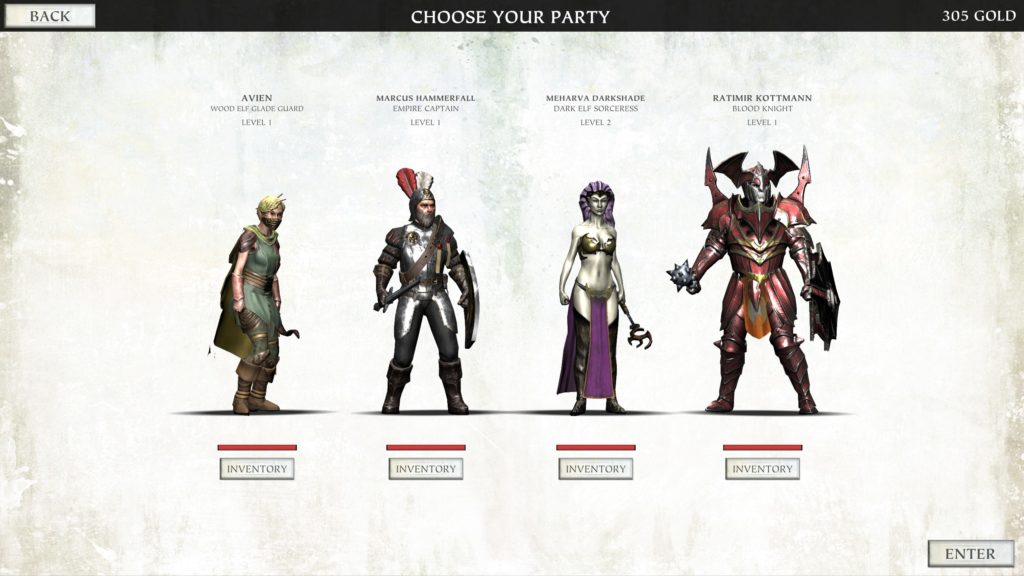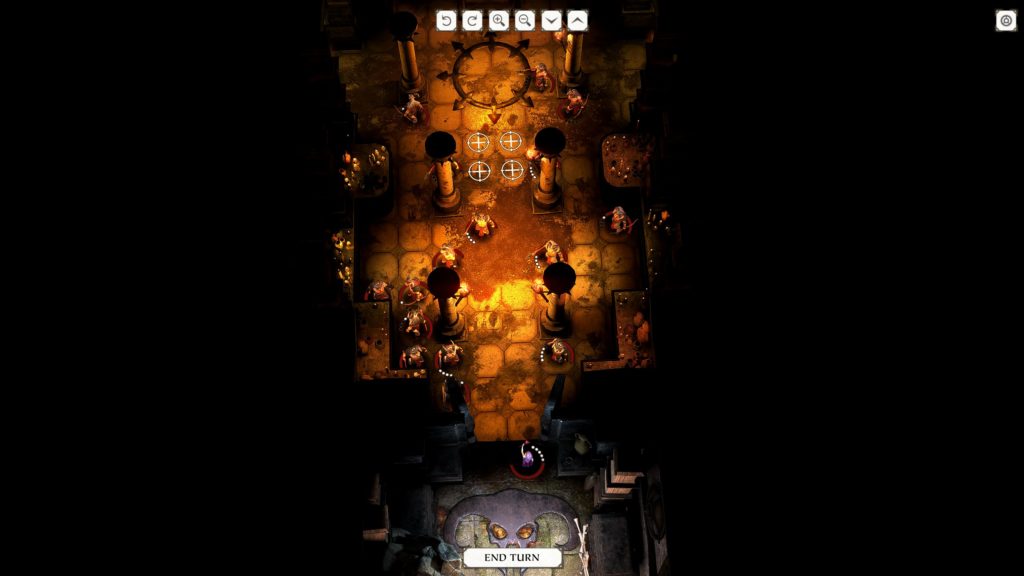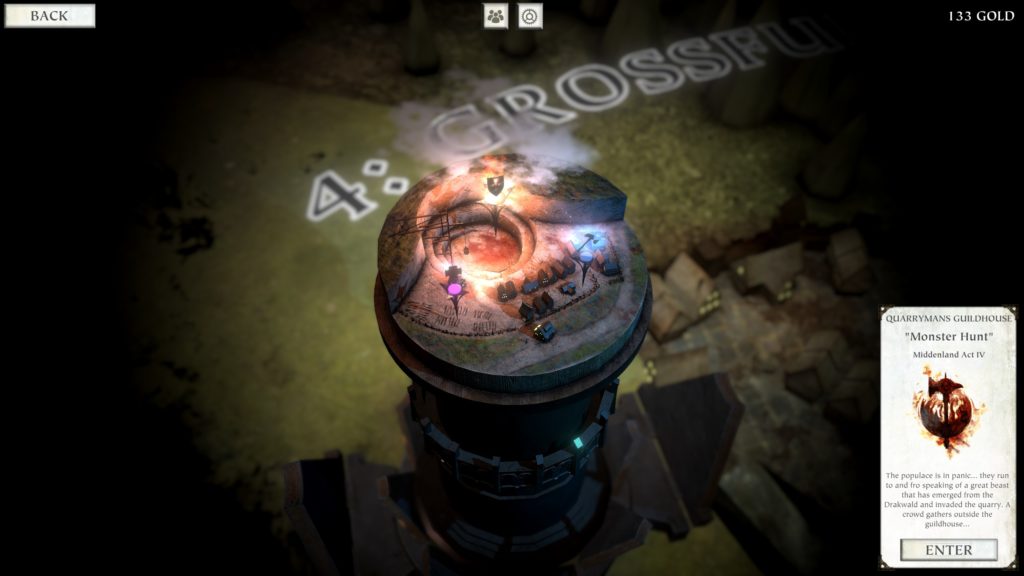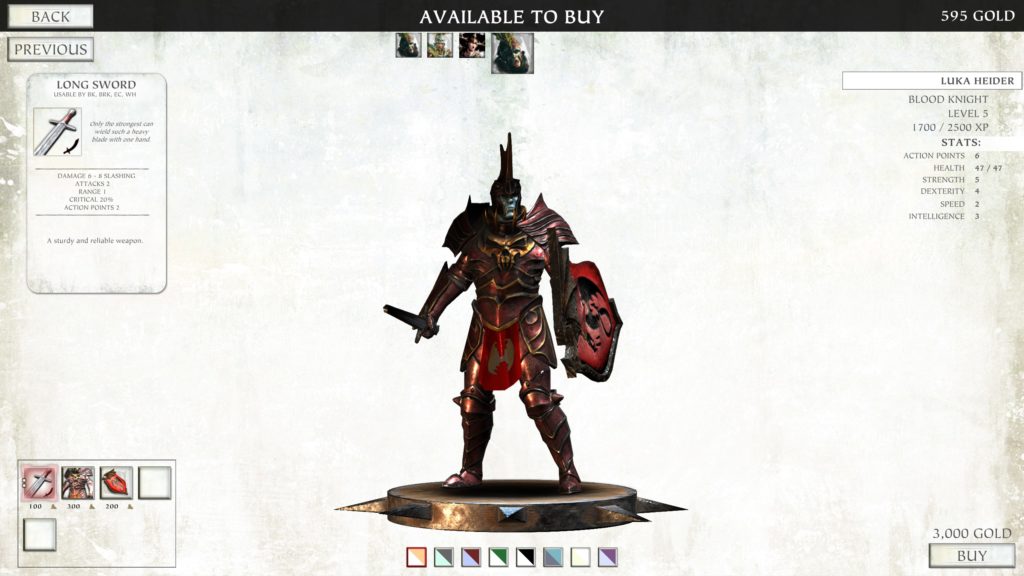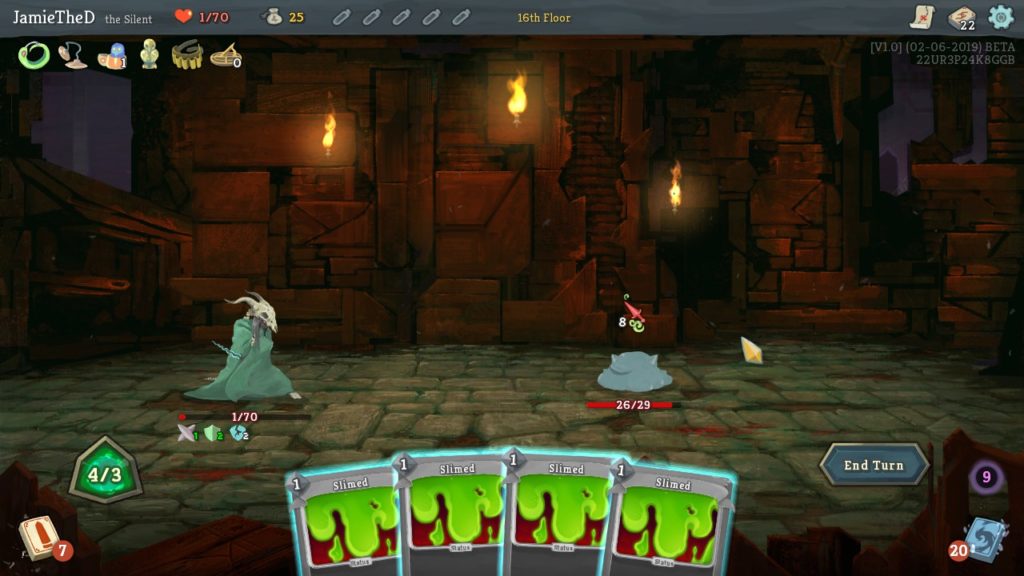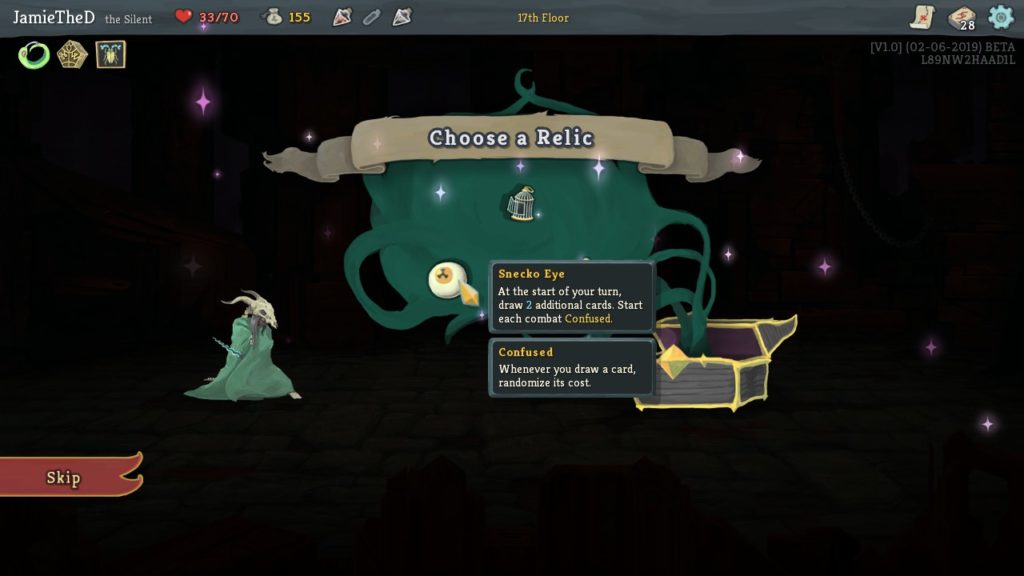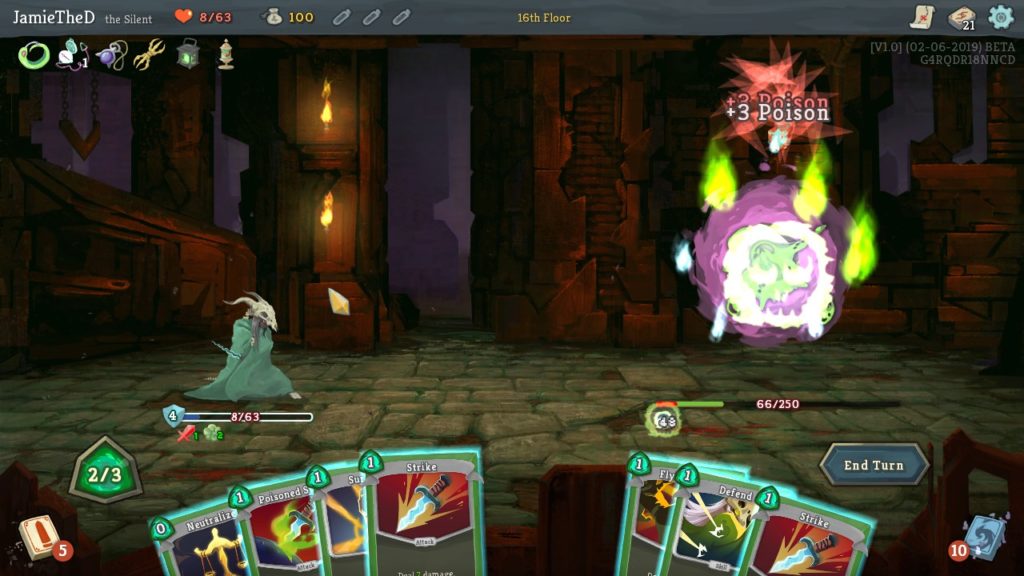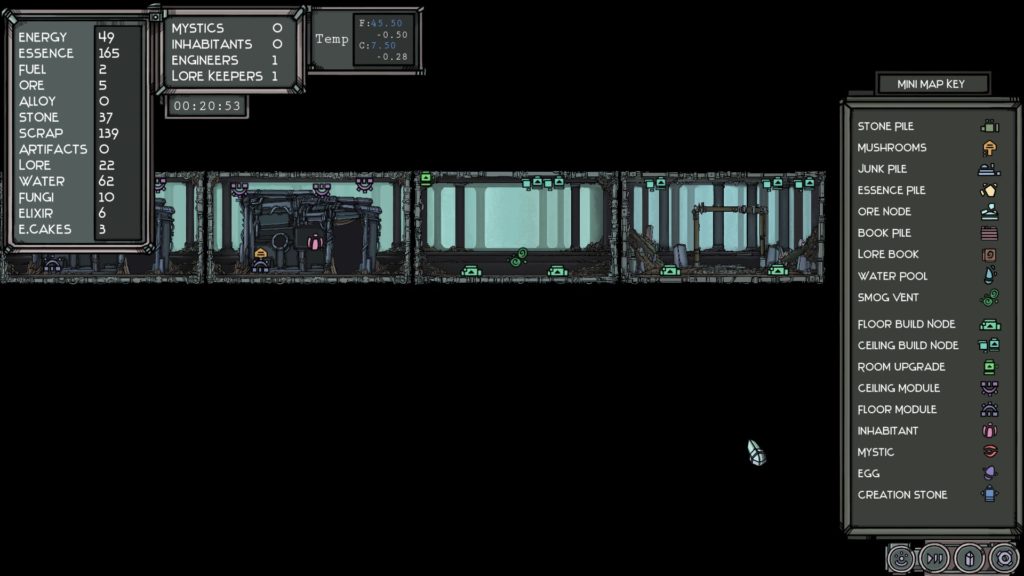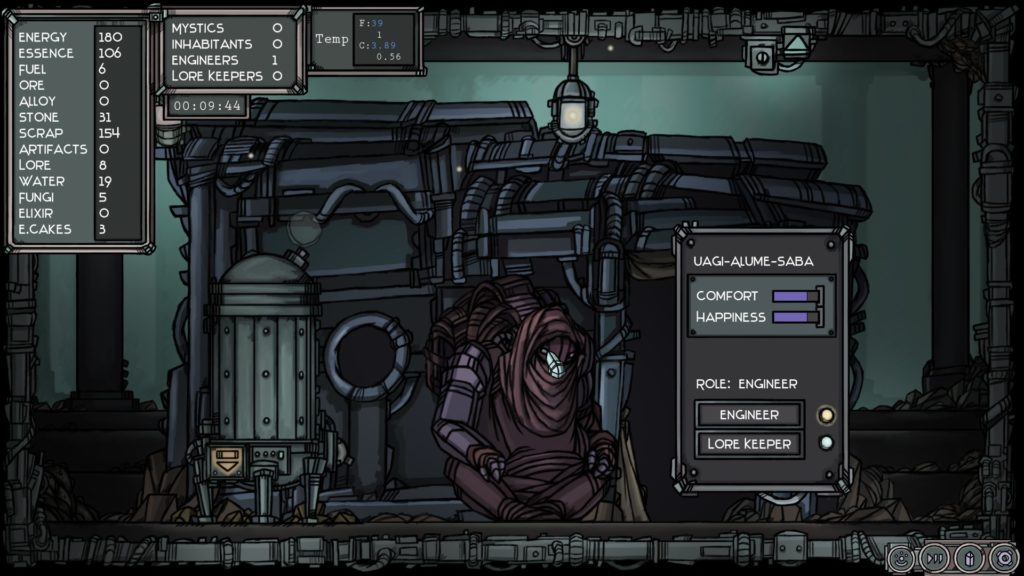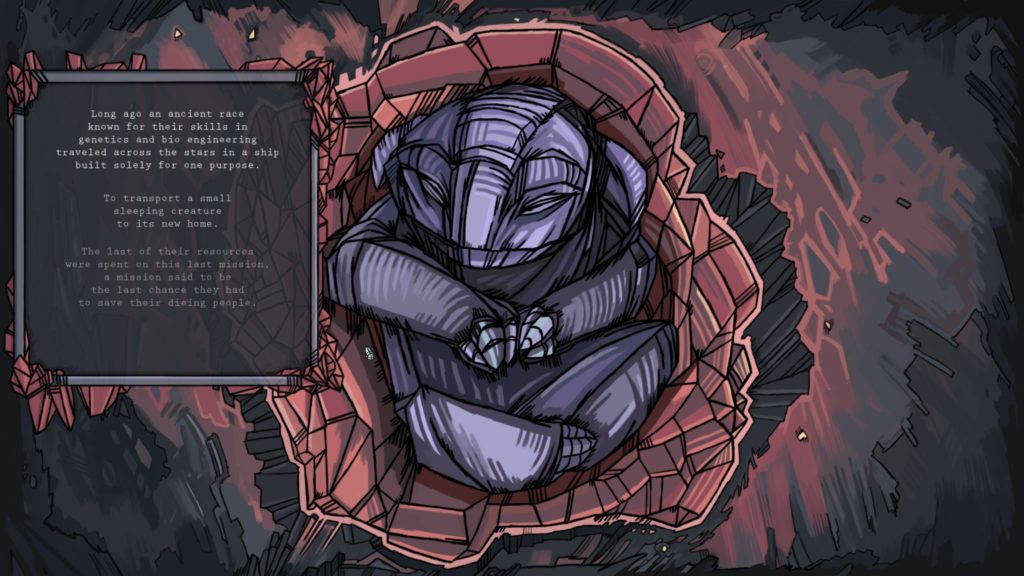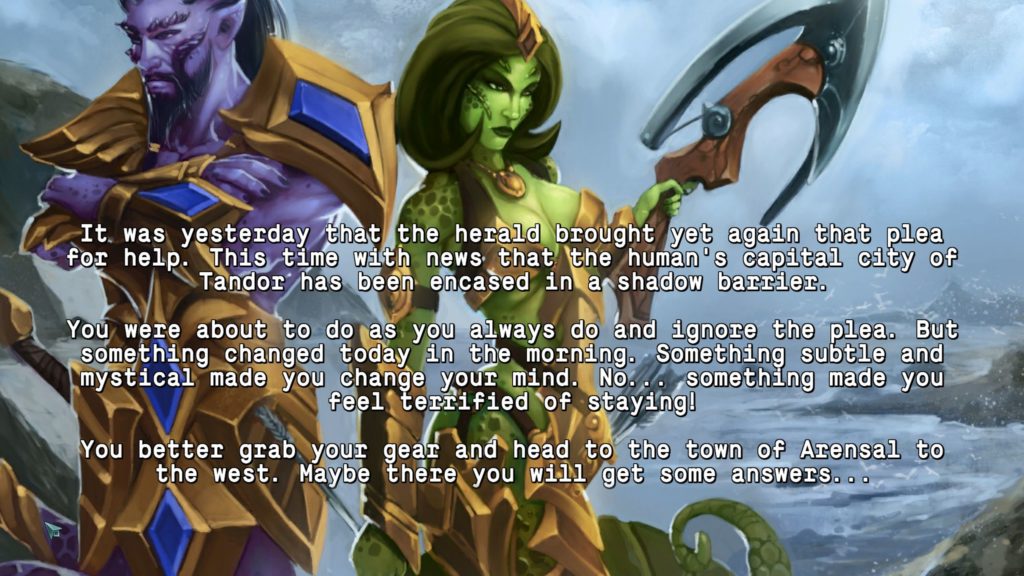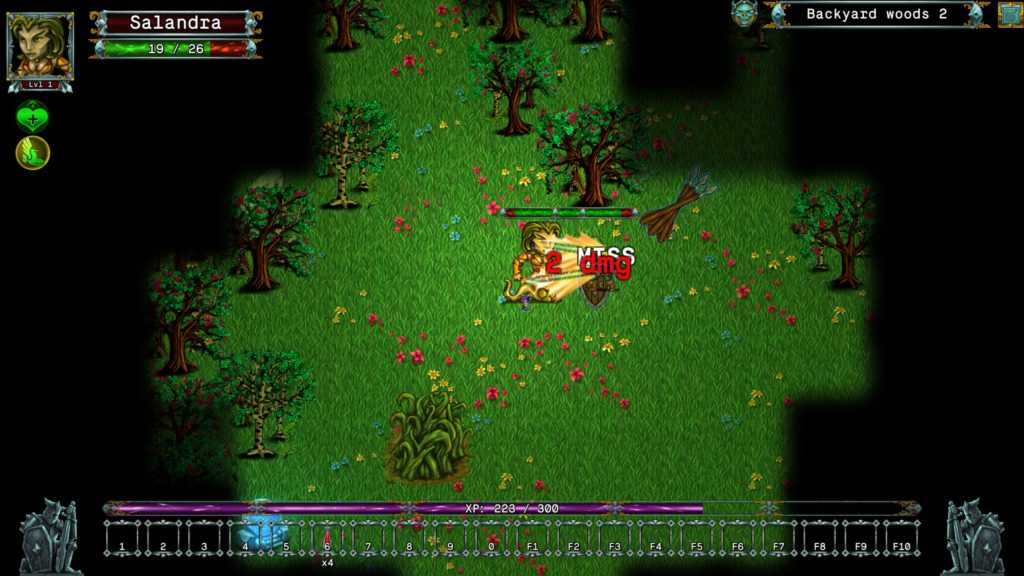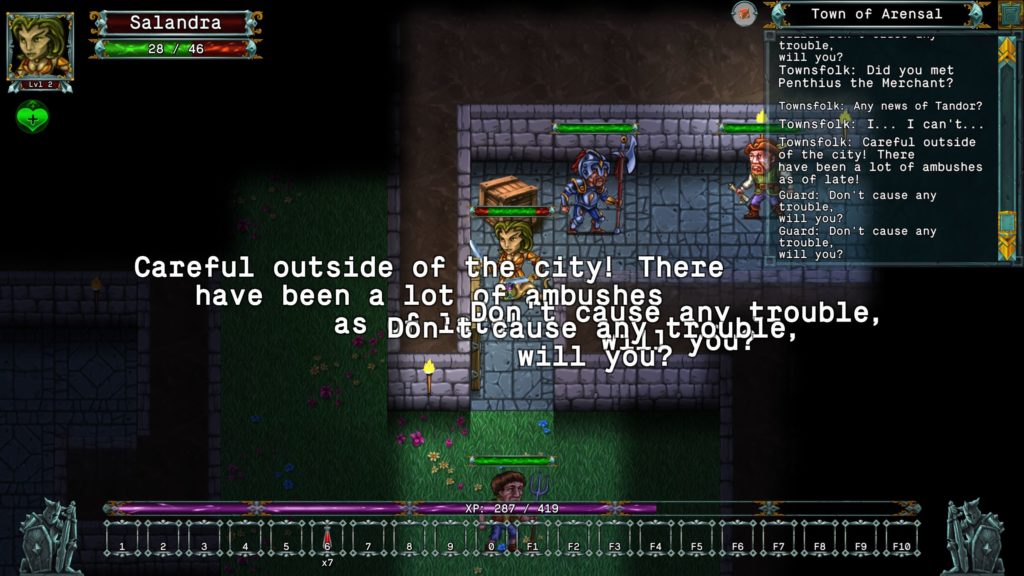Hazardous Space (Review)
Source: Cashmoneys
Price: £7.19 (£9.51 for collector’s edition (Artbook, Soundtrack, Game))
Where To Get It: Steam
Hazardous Space, if I was given an elevator pitch, would be an okay game. Arriving at a station which has been infested by zombies, a group of three spacefarers has to make their way through the station, fighting and looting along the way.
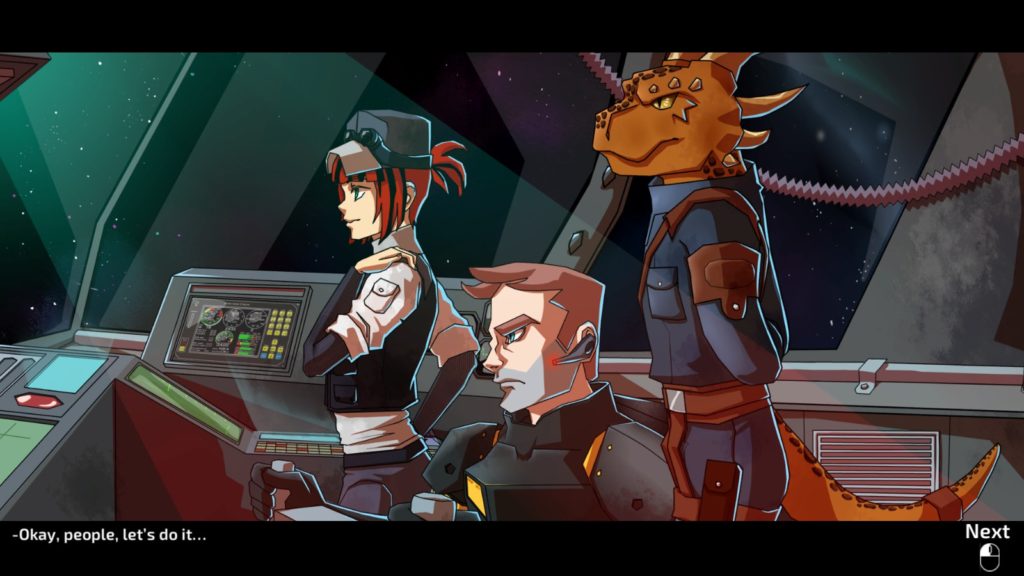
And then it makes some odd decisions, and what would be an okay game turns into… An okay game with elements that bring it down. Like most of the conversation being about as far away from your centre of vision as humanly possible… In the top right, as opposed to everything interactable, which is… On the bottom half of the screen. So you’re wandering, picking up items, and, at points, text is auto-playing… And largely gets unnoticed. It’s not great writing, to be fair, and the auto-play, itself, is a bit of a problem, but… A definite low point.
Another odd choice is to split the game into “parts.” A more accurate term would be “Difficulty levels”, as each is its own run, but each has its own ending, goes on for longer, and extra equipment (with some extra enemies and story segments.) Since progress on blueprints, notes, etcetera, seems to be incremental, this… Does get easier and more do-able the further you get, but then we hit the final problem, and…
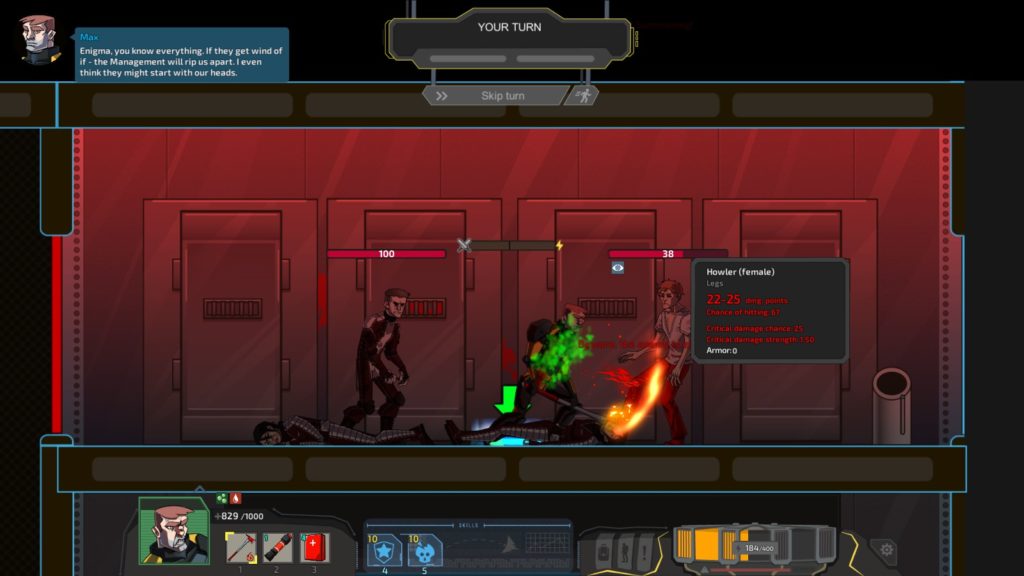
…The fact is, it’s kind of dull. Weapons have roughly the same impact feeling (Some), but not a whole lot can fix that the core loop. Try to go right (Up, down, or, in extreme cases, left if not possible), taking 5 energy loss per room, maybe have a fight, walk into a trap, find some stuff, rinse, repeat. Sometimes the items are useful, more often they’re vendor trash. Sometimes the enemies feel impactful, mostly… They’re obstacles, things that pad out time. And through it all, a single track plays, seemingly emphasising the grind.
“Feel”, while a nebulous term, is, in fact, very important, and what it feels like, when playing, is that none of this is terribly important. The characters do get somewhat serious later, but it’s just another day, another chance to shit-talk each other, and get to know each other more. The enemies start getting more serious, but the tension in fighting them… Just isn’t really there, and the narrative, while meant to be about a terrifying sci-fi event where an Umbrella style Cacklingly Evil Corporation has done bad things, just… Falls flat, due to a lack of tension.
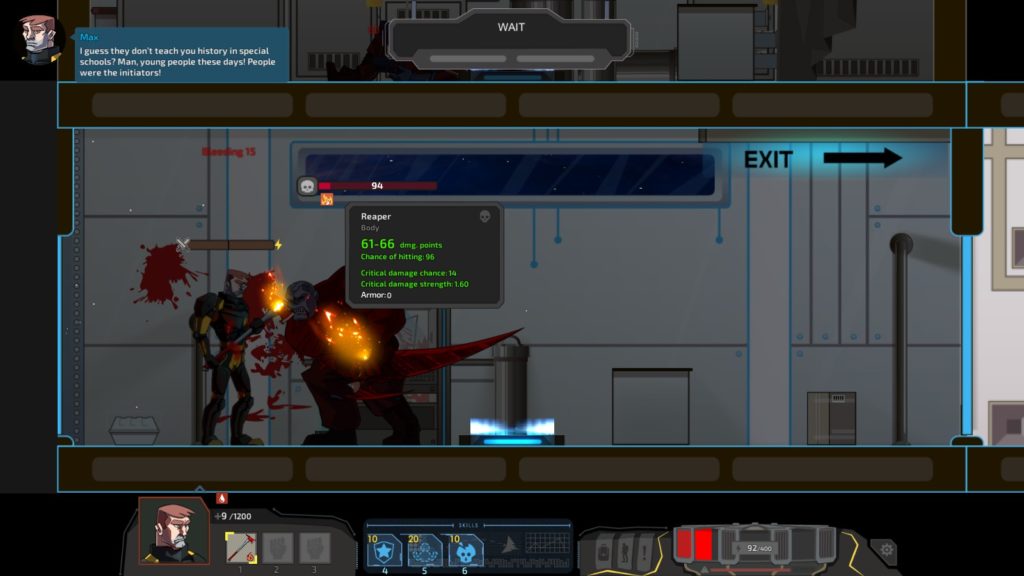
Hazardous Space does do some interesting things, tying energy to exploration and levelling up (Run out of energy, run out of life-support, die, a-la Deep Sky Derelicts), and it does allow for some adjustable difficulty options that, genuinely, make the game a little more accessible (Such as turning the CLOUD OF DEATH, that means you can’t go back very far and have to reach the exit quicker, off), but overall, it feels grindy, and oddly arbitrary at times.
The Mad Welshman punched his monitor, and it burst into flames “Burning Does Not Work!”
Sure seemed like it did…

